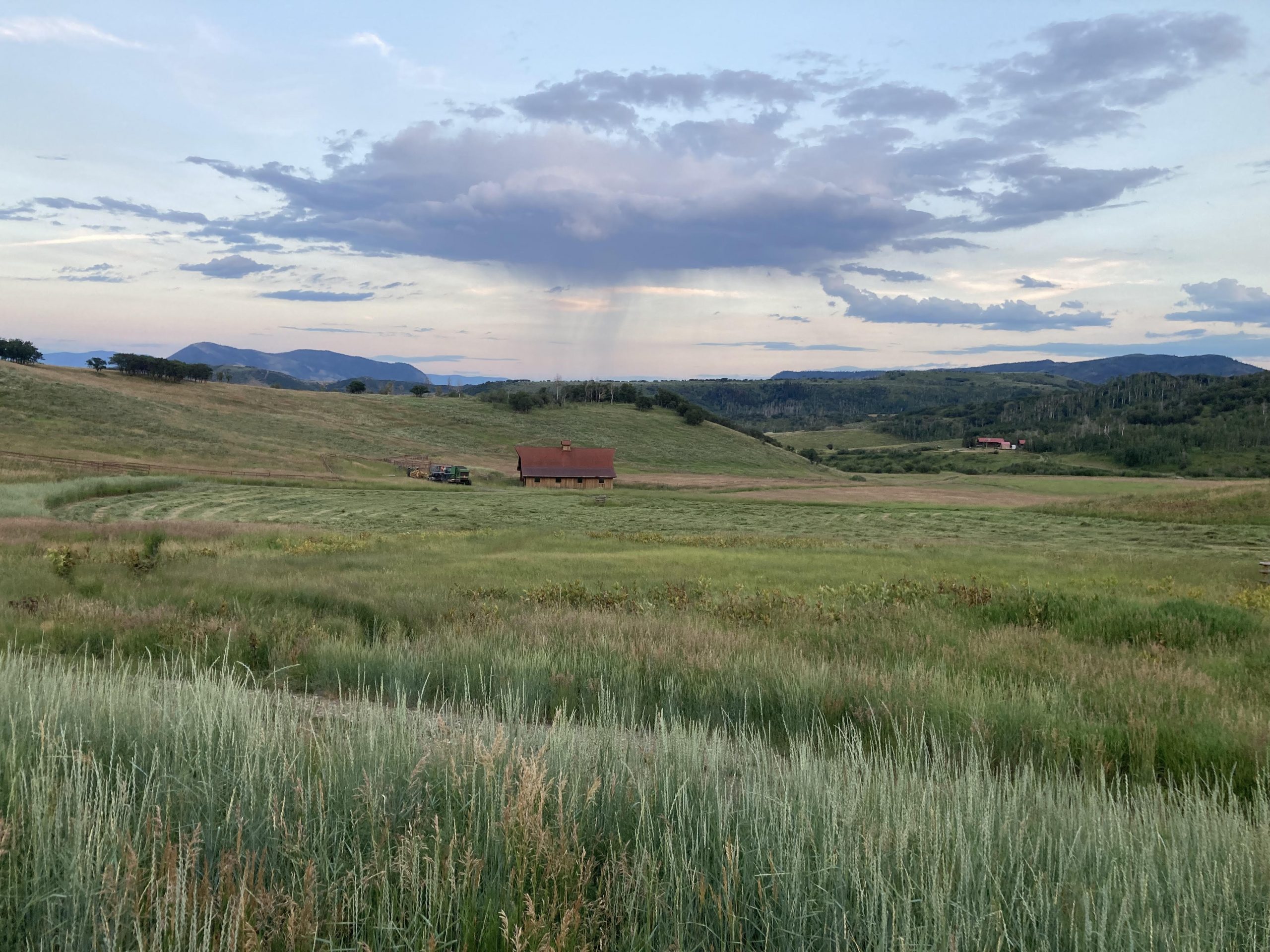Colorado’s 35-acre rule can have unforeseen consequences when large landowners parcel off a portion of their ranch. Senate bill 35, passed in 1972, basically stipulates that subdivision of land resulting in acreage fewer than 35 must be approved by the county. I was recently part of an off-market ranch sale that took a little bit of paperwork post-closing to reach compliance with this rule. In this particular instance, the “parent” landowner sold hundreds of acres to one neighbor and kept over 100 acres that remained (in two non-contiguous parcels). This transaction did not violate any rules; the sold parcel was hundreds of acres and the remaining parent parcel was also well over the 35-acre threshold. However, the split to the neighbor resulted in a portion still owned by the parent ranch that was just under 35 acres but not contiguous to the parent parcel. That under-35-acre parcel would be referred to as an “orphan” parcel. This orphan parcel was subsequently sold to another neighbor, but the county flagged the two sold parcels anyway. The flagged parcels would not be able to get a permit of any kind for building – a real drawback for a property owner! We were able to get it resolved with a merger of title for the orphan parcel with the second-neighbor-buyer and everyone was compliant. Even though all involved ranches were well over 35 acres, this particular set of circumstances bought that statute to the forefront of the transaction and highlighted how broadly reaching this simple rule can be.
25
Aug
Aug
Colorado’s 35-acre rule can impact larger ranches, too




